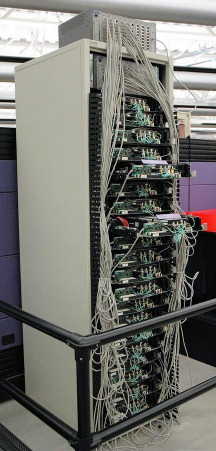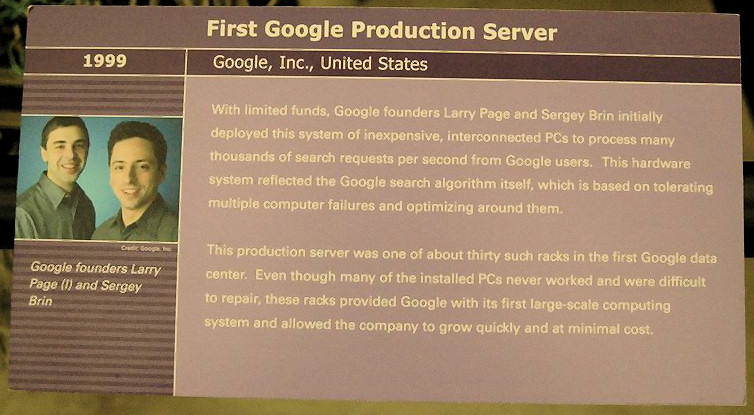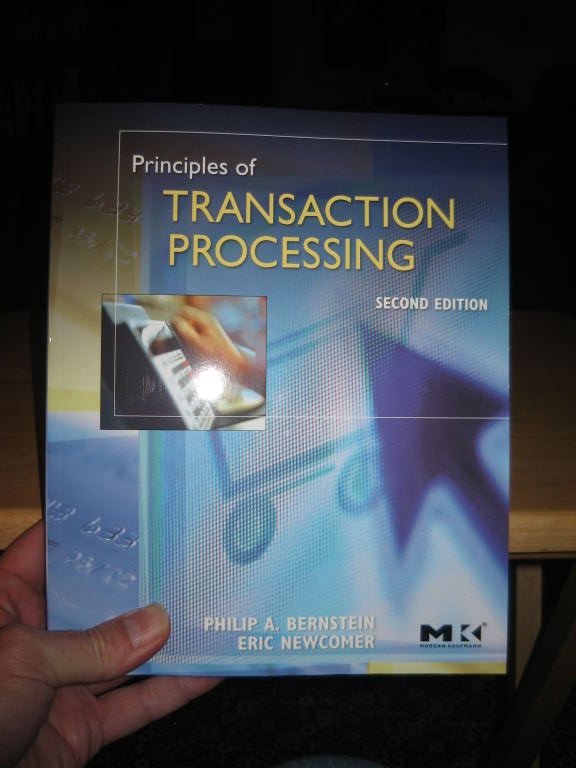The IT industry is in the middle of a signficant transition. At least one article has already labeled it IT 2.0. I give Dr. Elizabeth Joyce (a former IONAian BTW if I’m not mistaken) some credit for noticing the change in IT, but the industry grokked the change in emphasis from data to information about 20 years ago. That’s why it is now called “Information Technology” instead of “Data Processing.”
It is also true, as she points out, that IT is becoming more business focused. But this is a symptom of change, not the cause. The cause of all the changes is the result of the first wave of adoption drawing to a close and the second wave starting up.
The first wave was about adopting computers in business – automating previously manual operations. This activity was based on a strong ROI that justified a heavy initial investment in hardware, software, and application development.
The second wave is about improving upon what was created during the initial adoption phase, and is based on a very different ROI. Automating a previously manual business function is a very different activity than improving upon that automation.
Let’s look at some of the clear signs of change in the industry:
-
SOA adoption
-
Vendor consolidation
-
Open source commoditization
-
Offshoring and outsourcing
SOA Adoption
Depending on who you ask, SOA has been around for 10-15 years. For sure IONA has customers who have been actively developing SOA-based applications for 4, 5, and even 8 years. So we know it has been around for a while, but it has been on the peripherphy until now.
Why now?
Gartner says the term first appeared in a 1996 research paper by Yefim Natis. I also know that the Credit Suisse SOA has been in production since 1998. So it’s clear SOA has been around for a while, but why is it so popular now, as opposed to 10 or more years ago when it was introduced? Don’t IT trends typically follow the reverse pattern?
I believe the answer is that the industry has finally reached the point of maturity at which it makes sense to adopt it. Instead of looking forward to the next function to automate, enterprises are looking back at the heterogeneous spaghetti-like mess resulting from the heads-down rush to computerize. It’s only now that the end is in sight that we can start to take a look back and assess what was done – and try to find a way to improve it. I.e. adopt SOA and reuse it.
Consolidation
Larry Ellison gave his take on this to Business Week in a 2003 interview. I think he was right about some things, but obviously wrong that software innovation would primarily come from large companies and that the startup wave is over.
But it interesting that other industries have also gone through an initial adoption wave and then gone through a consolidation stage. Making it a clear sign the first wave is drawing to a close. No doubt many of the transition changes are painful in starting the second wave. But unlike Larry Ellison, I believe the established enterprise software companies are not immune from that pain. In fact they may bear the brunt of it in the end. They are not changing their approach – they are stuck promoting their old products, and in their old business models. Consolidation is at least in part a defensive move. Industry disruption does not come from the establshed players.
Commoditization
Another clear sign of change is in the commoditization happening in open source software. We don’t need more new features and functions in our operating systems, database management systems, programming languages, and middleware. We need cheaper and better implementations of them. This is a clear sign we have reached a critical mass of core features and functions, and the industry does not need a major new feature or function in enterprise software any more than an office worker needs a new feature in Excel or PowerPoint.
To continue the office automation analogy, at one time new features were defninitely needed in Word so that companies could justify its use in place of special purpose word processing machines, but no longer. That war is over.
Similarly, the open source phenomenon is all about commoditizing well known and well established software features and functions, and increasing its overall value. During the initial adoption phase with a strong ROI over replacing manual processes, it made sense for vendors to compete based on their IP – someone was, after all, going to come up with a better way to implement a transaction. Now that we are done with the first wave we can focus on how to produce software that accomplishes the same things more cheaply and effeciently.
Outsourcing
Here the correlation between the first and second waves is pretty clear. Durig the initial adoption phase the cost of labor, still the largest cost of IT by far, was not a signficant issue since we were replacing manual processes with computers. As we start on the second wave, reducing labor costs will continue to be important. Companies are struggling to reconcile the costs of IT with their business strategies – it’s very hard for many companies to understand exactly how their IT spend influences the bottom line.
A better way of doing IT, such as a division of labor through the adoption of service interfaces (for example) and the trend toward configuration based development (e.g. Spring and OSGi) are clear responses to the need to do more with less – to increase the proportion of the contribution from lower cost IT labor, in other words.
Summary
Remember when all we cared about was finishing one application so we could move on
to the next? Should we automate order entry next? Inventory management? Manufacturing planning? How about removing those old office automation machines and replacing them with PCs? We are so done with all that.
Now it’s all about how to improve what we already have, since what we already have is pretty much enough. I mean we have automated pretty much all of the previously manual operations that can be automated. Ok, there are still a few left, but what’s left is of marginal impact.
The major point is the difference between a foundational investment and an incremental investment – the difference between the first and second waves.
A foundational investment establishes the industry – in this case creates the initial applications – based on the initial wave of adoption of computers. The second wave of adoption, in which the balance of the investment shifts to improvement, is well underway, with clear evidence in the major changes now taking place.
Consequently new and different approaches to IT are emerging – such as SOA – to focus on improving what’s already there. And a new kind of enterprise software is also emerging, one that is better aligned with the changes of the second wave – a lightweight, configurable container – that gives the right set of features and functions for the right price point.



